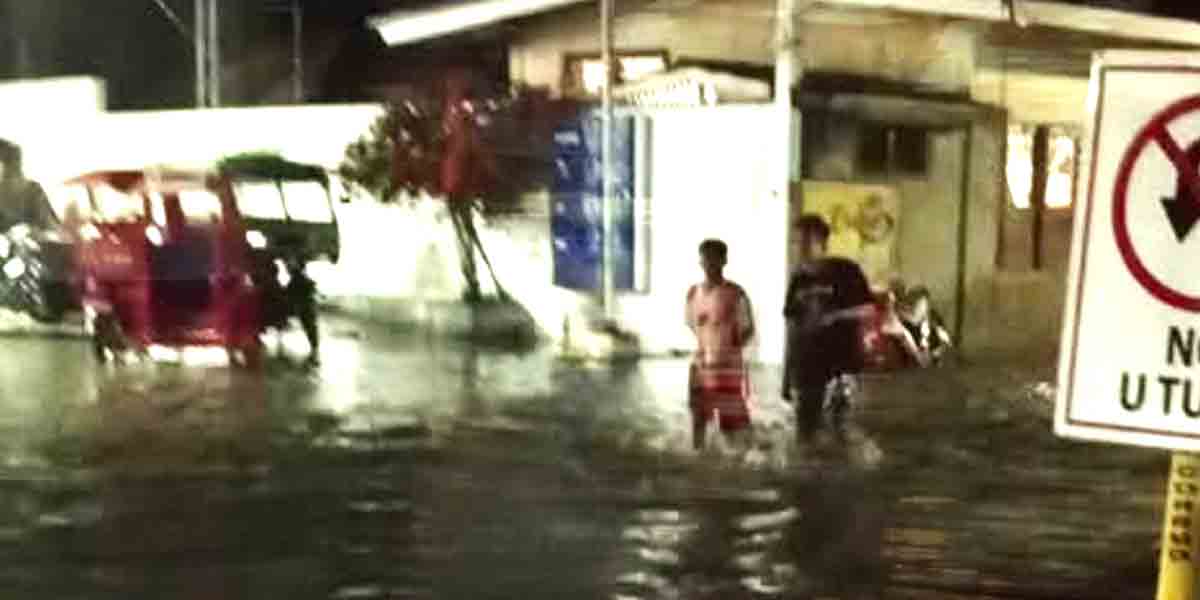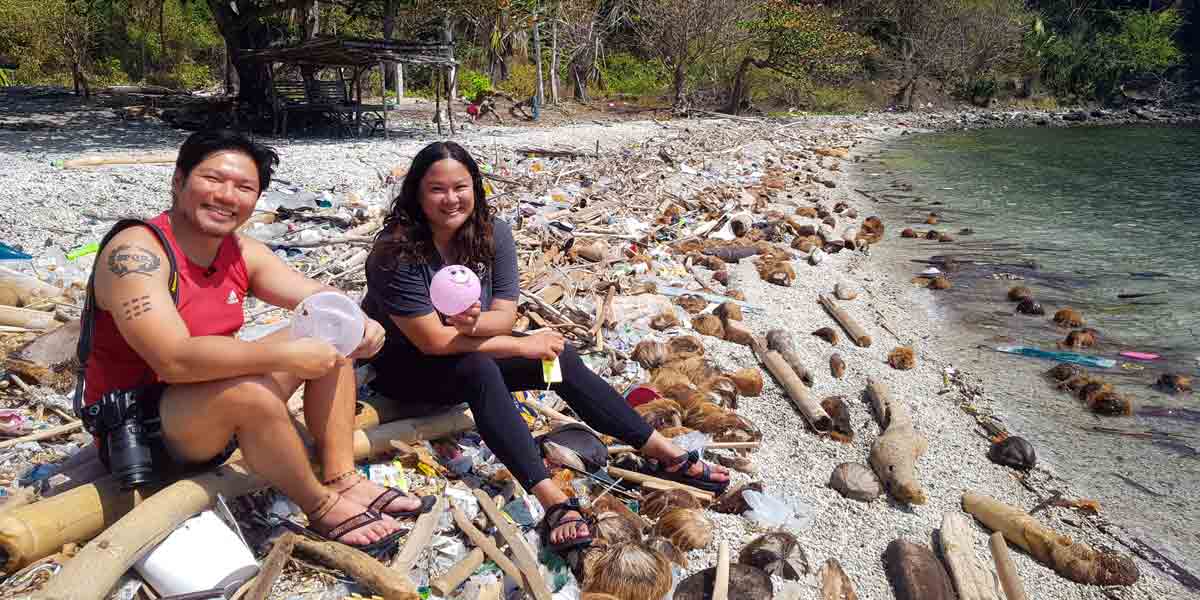By John Noel E. Herrera
The Department of Health-Western Visayas Center for Health Development (DOH-WV CHD) acknowledged that late medical consultation of individuals experiencing symptoms of dengue hemorrhagic fever is the primary cause of dengue fatalities in the region.
“Ang usually cause sang (dengue) death naton diri sa region is late nga pagpakonsulta. Pila na kaadlaw nga nagahilanat, amu pa lang na ang pagkonsulta naton,” DOH-WV CHD Infectious Disease Section chief Dr. Bea Camille Natalaray said in a radio interview.
Natalaray stressed that the public should improve their health-seeking behavior, noting that early detection and treatment could avoid severe viral infection which could lead to death.
“So, importante nga kung two days pa lang nga naga hilanat ang aton kabataan ipakunsulta na gid sa aton rural health units. Ang aton nga self-protection pa gid nga kung may ara kita like mosquito repelants, gamiton gid, especially sa kabataan kung magkadto sa schools,” she added.
Data from DOH-6 indicated that Western Visayas recorded eight dengue deaths from Jan 1 to April 8, 2023, which is lower compared to 14 fatalities reported in the same period last year.
This year’s deaths were logged in Aklan and Iloilo City with two cases respectively, and in Capiz, Iloilo, Negros Occidental, and Bacolod City with one case each.
Despite the decrease in the number of fatalities, DOH-6 noted that dengue cases in the region continue to increase as it already breached the 1,500 mark.
Figures from DOH-6 showed that the region logged a total of 1,587 dengue cases as of April 8, which is 119 percent higher compared to 724 cases reported in the same period in 2022.
Iloilo province recorded the most number of cases so far with 467, followed by Negros Occidental with 366; Aklan (195); Capiz (141); Antique (135); Bacolod City (124); Iloilo City (122), and Guimaras with 37 cases.
DOH-6 reported that 10 barangays in the region registered a clustering of dengue cases, while children aged one to 10 years old accounted for the highest number of cases.
Natalaray also reminded the public to monitor their surroundings, practice preventive measures and follow the 4S strategy (search and destroy breeding places, seek early treatment, self-protection measures, say yes to fogging) to prevent being infected by the virus and prevent the continuous spike of dengue cases.
Meanwhile, the health offices in the province and city of Iloilo distributed dengue test kits and adulticides to all rural health units (RHUs) and hospitals for early detection of possible dengue cases and to curb the spread of the infection.
Dr. Roland Jay Fortuna of the City Health Office (CHO) also previously said that the alert threshold and epidemic threshold of the city for 2023 is lower compared to previous years, and a sudden spike in dengue cases this year – which they don’t want to happen – could lead to an outbreak.
In 2019, the DOH-6 declared a dengue outbreak in Western Visayas – except for Negros Occidental which was then placed on alert status – after the region recorded 15,746 cases with 87 deaths from January to July 6 in that year.





















